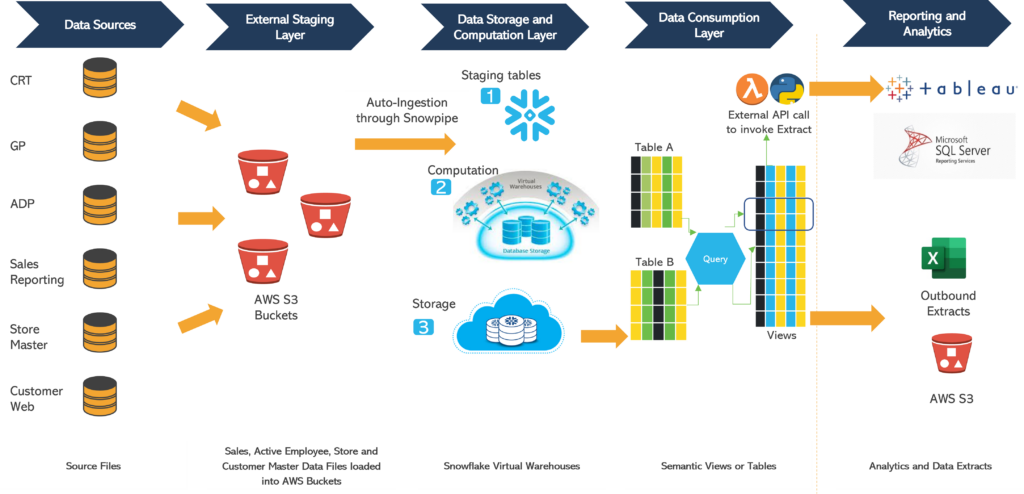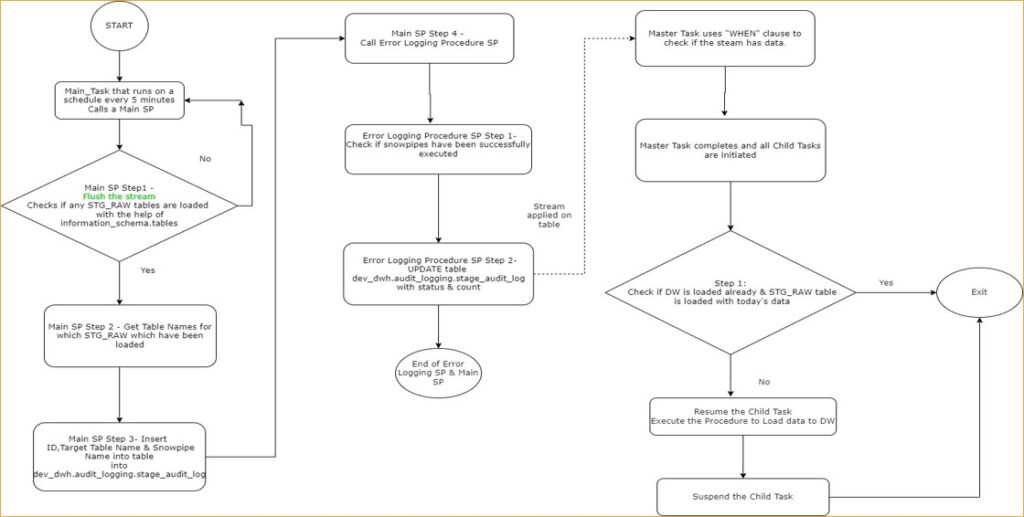
We are the trusted partner & advisor in an organization’s journey towards a fully data-driven business.
Get In Touch
- Registered Address: No.44, Mohammed Hussain Colony, Kolathur, Chennai, Tamil Nadu, 600099, GST: 33AALCA9794K1ZY
- Prestige Atlanta, 80 Feet Rd, Koramangala 1A Block, Industrial Layout, Bengaluru, Karnataka 560034,
- sales@akira.co.in
- +91-8048141395
- 09.30 AM - 6.30 PM IST
Quicklinks
Menu


